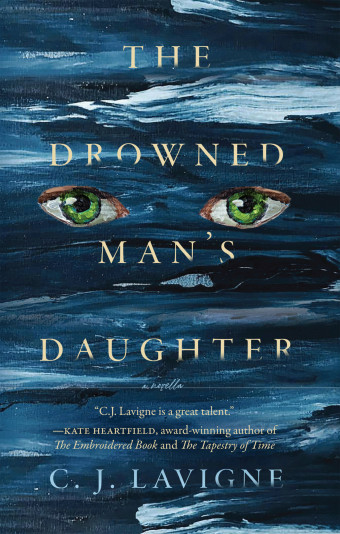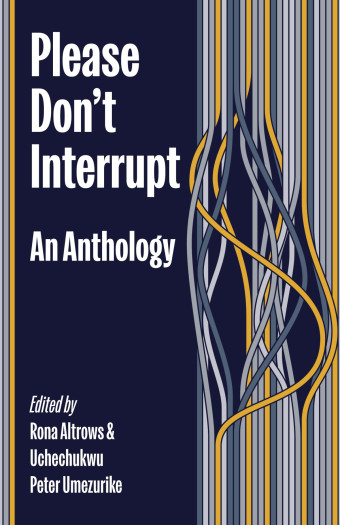Suzette Mayr’s latest novel, The Sleeping Car Porter, began with a challenge posed by one of her former writing teachers, the poet Fred Wah – he suggested she write about train porters. “I didn’t know what he was talking about, and I didn’t know what history he was referring to,” she says.

- The Sleeping Car Porter
- Suzette Mayr
- Coach House Books
- $23.95 Paperback, 224 pages
- ISBN: 978-15-52454-58-9
Upon doing extensive research into sleeping-car porters – including reading a variety of articles and books, watching films, examining archival photographs, and speaking with historians – she learned that most Canadian sleeping-car porters were Black men, that being a porter was the best-paid job Black men could get, that they faced intense prejudice, and that they had a key role in labour and civil rights in Canada. Even so, the full history of these men was not easy to find.
“They were not a group of people whose working lives would be closely recorded or considered important by traditional historians,” Mayr explains. “Porters in the old days tended not to talk a lot about their jobs with outsiders – they were invested in presenting a particular outward face, and with protecting each other.”
Mayr’s big research break came late in the process when she was put in contact with a former porter, who, she says, “was awesome because he shared a lot of really important details and anecdotes with me about his experience as a porter that I wouldn’t have been able to find anywhere else.”
The University of Calgary English professor also drew on annual train trips to the West Coast that her family took during Easter breaks throughout her childhood. “I loved those train rides, how the landscape gradually shifted from Alberta brown winter, to B.C. green spring; the gorges and mountains; the experience of sleeping in a seat or berth; the delicious food.”
Although she recalls no direct encounter with the porters, these experiences combined with research helped her create this story that takes place over a few days on a train heading from Montreal to Vancouver. Winnipeg and Vancouver were huge influences as they were historically major train stops. “I wanted this book to be more Western Canadian,” Mayr says.

The novel follows Baxter, “a gay, Black man in the 1920s who works on a train during a time when queerness in Canada was punishable by prison or worse, and during a time of intense anti-Black racism.” Mayr uses fiction to fill in the gaps in the “patchy” historical record of these people, a history “that has been lost or deliberately hidden.”
She explains, “In order to understand myself as a Black, queer woman, I needed to ‘find’ those records to understand my place and who I am. My need to find an ancestor – to find Black, queer family – drove me to write this book.”
Mayr’s playful and poetic style of writing is perfect for the portrayal of Baxter, a character who, while facing difficult circumstances, is at all times hopeful.
“I am so not interested anymore in reading or writing yet another fiction about Black suffering or about queer people being lonely or punished because they’re queer,” the author says.
“This novel is firmly rooted in the notion of Black joy, of queer joy.”













